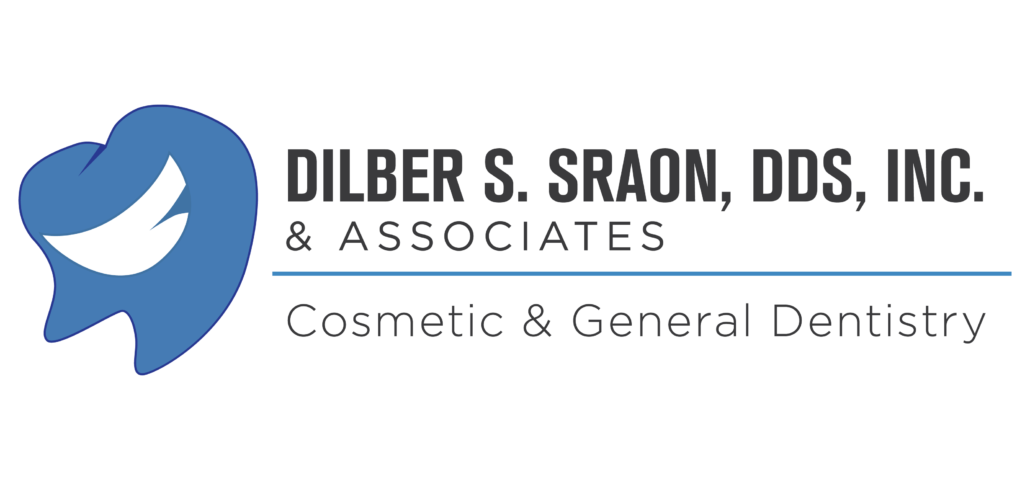Tip-or-Treat! Ideas for a Healthy Halloween
Halloween is almost here! Which also means a lot of sugary candy is about to make its way into your house. Too much of anything—especially Halloween candy—can be bad for your teeth and your overall health.
We’ve compiled some tips you can keep in mind to keep your family as healthy as possible this Halloween and all year long:
- Give candy dessert duty
As you eat your meals, saliva production increases to help wash away the bacteria and particles that may get left behind. If you limit Halloween candy consumption to the time right after a meal, the saliva will do its job and eliminate excess sugar from your mouth.
- Sticky is tricky
Sticky candies do just that—stick. Even if you have sticky candies like gummies or taffy right after a meal, your saliva may not be powerful enough to wash it away. As the sticky candy clings to your teeth, it increases your risk of decay.
- Embrace the bubble
Sugarless gum is a great way to extend your post-meal increased saliva production. The act of chewing and the saliva that follows will help wash out food and neutralize the acid produced by bacteria. It’ll also keep your mind off of having another piece of candy.
- Candy is not a snack
Halloween candy comes in small sizes, that just because it’s “snack sized” doesn’t mean you should snack on it all day long. Candy bowls are easy to reach into, but a constant supply of sugar to the mouth isn’t good for your teeth or your body, and you’ll increase your chances of cavities.
- The quicker the better
The longer candy stays in your mouth, the more opportunity the sugar has to make its way into all of your nooks and crannies. By choosing treats that are chewable—not hard—you’ll be shortening the amount of time the sugar has to make itself at home.
- Don’t force it
Just because it’s there, doesn’t mean you have to eat it. While it may be hard to part ways with hard-earned candy after a long night of trick-or-treating, we recommend only keeping your favorites. Not only does that limit your intake, but it’s also a chance to donate less-loved treats to a charitable organization.
- Say no to soda
The only thing more harmful to teeth than eating sugar is drinking it. Popular drinks like soda, sports drinks, flavored waters, and energy drinks are loaded with sugar that coats your teeth. These drinks can have just as much—or more—sugar in them than a candy bar, so reach for water instead.
- Water is wonderful
Ditch the soda for water. Not only will big gulps of water help wash away Halloween sugar, but it’s also preventative. Fluoridated water is a great weapon for fighting tooth decay by adding a protective layer to your teeth. If fluoride doesn’t exist naturally in your water, you can purchase bottled water that contains fluoride as an ingredient.
- Back to brushing basics
No matter what time of year it is or how much candy is in your house, the golden rule of dental hygiene remains the same: brush twice a day for two minutes, and floss once a day. We recommend replacing your toothbrush every three months and using soft bristles to keep your gums from getting irritated.
If it’s been a while since your last cleaning, kick off these tips with a trip to Dr. Sraon. Seeing you will be a treat!
